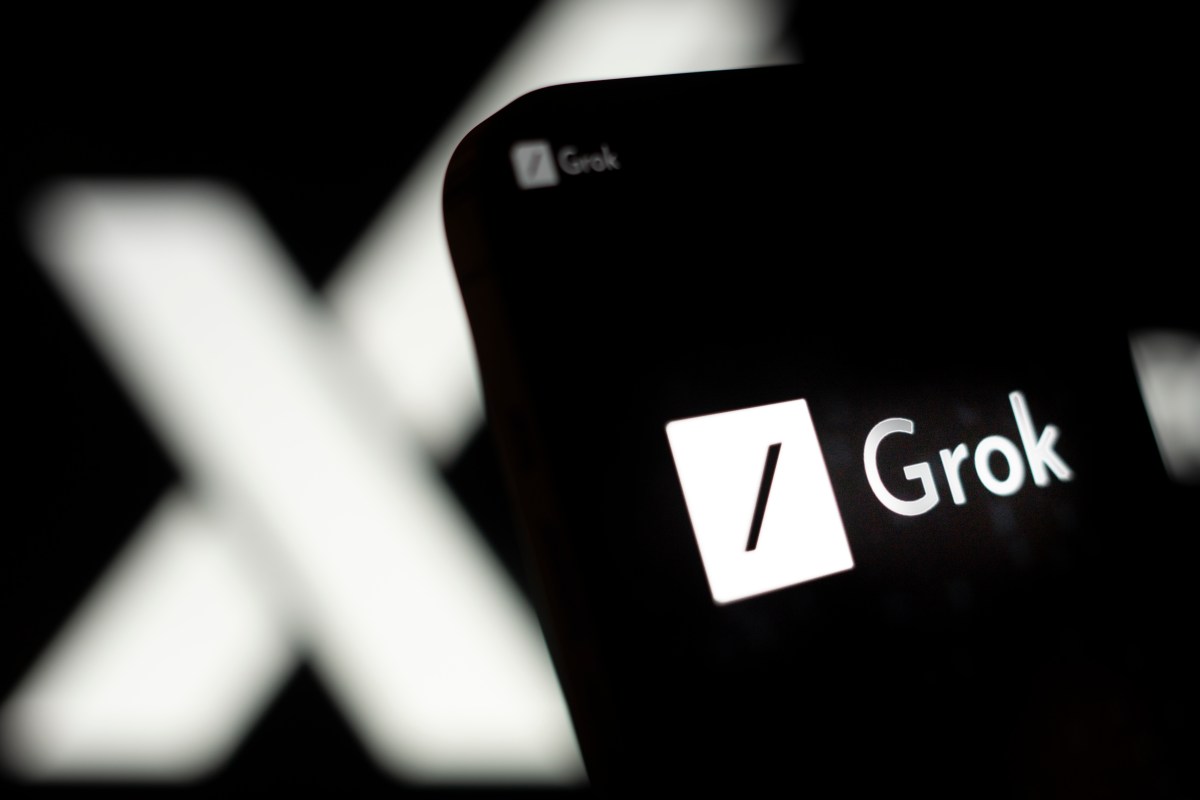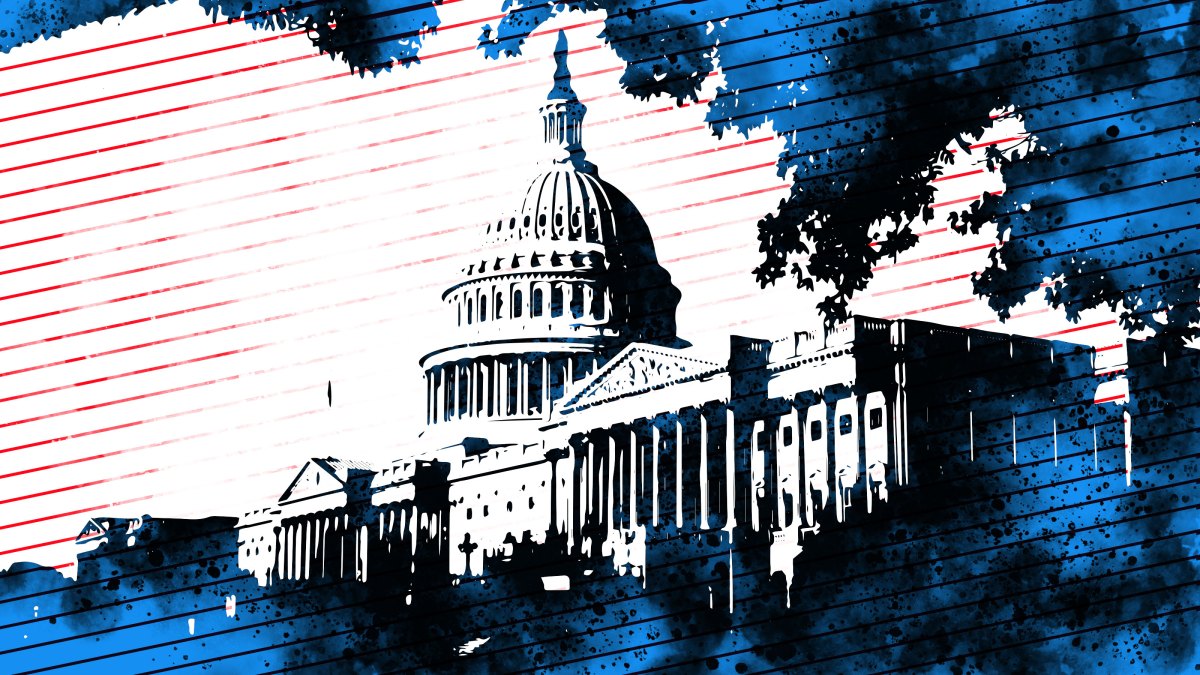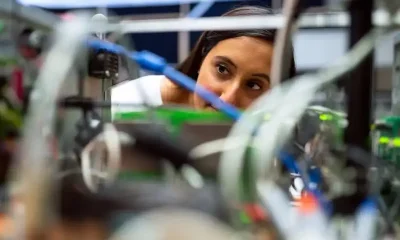Technology
Fintech founder Charlie Javice’s criminal trial has begun

The criminal trial against fintech startup founder Charlie Javice began on Friday, with lawyers laying out their opening arguments, Reuters reported.
Lawyers reiterated their original claims and defenses from the lawsuit filed by JPMorgan Chase against Javice in December of 2022. The financial services giant alleges that Javice helped “fake millions of customers in order to induce the bank to buy her company,” student financial planning aid startup Frank, for $175 million. That charge was also the root of an SEC complaint, which charged that Javice “made numerous misrepresentations” about Frank’s purported millions of users to entice JPMorgan.
JPMorgan claims that it found out about the alleged fraud when more than 70% of marketing test emails to a list of Frank’s customers bounced back.
Javice’s attorneys claim that JPMorgan did ample diligence and this suit is a result of buyer’s remorse due to a government change in the way financial aid forms are filled out; they say alleging fraud was a way to get out of the deal.
Javice, now 32 years old, could be sentenced to numerous years in prison if she’s convicted of deception and creating fake data.
Want more fintech news in your inbox? Sign up for TechCrunch Fintech here.
Want to reach out with a tip? Email me at maryann@techcrunch.com or send me a message on Signal at 408.204.3036. You can also send a note to the whole TechCrunch crew at tips@techcrunch.com. For more secure communications, click here to contact us, which includes SecureDrop and links to encrypted messaging apps.
Technology
Did xAI lie about Grok 3’s benchmarks?

Debates over AI benchmarks — and how they’re reported by AI labs — are spilling out into public view.
This week, an OpenAI employee accused Elon Musk’s AI company, xAI, of publishing misleading benchmark results for its latest AI model, Grok 3. One of the co-founders of xAI, Igor Babushkin, insisted that the company was in the right.
The truth lies somewhere in between.
In a post on xAI’s blog, the company published a graph showing Grok 3’s performance on AIME 2025, a collection of challenging math questions from a recent invitational mathematics exam. Some experts have questioned AIME’s validity as an AI benchmark. Nevertheless, AIME 2025 and older versions of the test are commonly used to probe a model’s math ability.
xAI’s graph showed two variants of Grok 3, Grok 3 Reasoning Beta and Grok 3 mini Reasoning, beating OpenAI’s best-performing available model, o3-mini-high, on AIME 2025. But OpenAI employees on X were quick to point out that xAI’s graph didn’t include o3-mini-high’s AIME 2025 score at “cons@64.”
What is cons@64, you might ask? Well, it’s short for “consensus@64,” and it basically gives a model 64 tries to answer each problem in a benchmark and takes the answers generated most frequently as the final answers. As you can imagine, cons@64 tends to boost models’ benchmark scores quite a bit, and omitting it from a graph might make it appear as though one model surpasses another when in reality, that’s isn’t the case.
Grok 3 Reasoning Beta and Grok 3 mini Reasoning’s scores for AIME 2025 at “@1” — meaning the first score the models got on the benchmark — fall below o3-mini-high’s score. Grok 3 Reasoning Beta also trails ever-so-slightly behind OpenAI’s o1 model set to “medium” computing. Yet xAI is advertising Grok 3 as the “world’s smartest AI.”
Babushkin argued on X that OpenAI has published similarly misleading benchmark charts in the past — albeit charts comparing the performance of its own models. A more neutral party in the debate put together a more “accurate” graph showing nearly every model’s performance at cons@64:
Hilarious how some people see my plot as attack on OpenAI and others as attack on Grok while in reality it’s DeepSeek propaganda
(I actually believe Grok looks good there, and openAI’s TTC chicanery behind o3-mini-*high*-pass@”””1″”” deserves more scrutiny.) https://t.co/dJqlJpcJh8 pic.twitter.com/3WH8FOUfic— Teortaxes▶️ (DeepSeek 推特🐋铁粉 2023 – ∞) (@teortaxesTex) February 20, 2025
But as AI researcher Nathan Lambert pointed out in a post, perhaps the most important metric remains a mystery: the computational (and monetary) cost it took for each model to achieve its best score. That just goes to show how little most AI benchmarks communicate about models’ limitations — and their strengths.
Technology
The pain of discontinued items, and the thrill of finding them online

We’ve all been there. A favorite item is suddenly unavailable for purchase. Couldn’t the manufacturer have given you advance warning?
Whether owing to low sales, changing habits, production costs, or even because something is a little wrong with your favorite product (shh), discontinued items are part of life. In a weekend piece, the New York Times delves into the not-so-dark underbelly of online places where shoppers find these items, share tips and yes, find emotional support.
The story highlights a padded laptop bag made by Filson that a super fan now hunts “down everywhere” to snag as many as possible “before everyone figures out how great they are.” It points to Discontinued Beauty, a site whose offerings are old to visitors but new to the site. Among its latest products: an “essential protein restructurizer” by Redkin priced at an eye-popping $169.95. (The newest version of the product costs shoppers $32.)
Could it be dangerous to use these discontinued products? Who cares, suggests one creative director, who tells the Times about a lip pencil the beauty company NARS no longer sells and she has found elsewhere. “Now, do I know the proper way to store this for optimal conditions? No,” she says. “They’re under my sink.”
Technology
US AI Safety Institute could face big cuts

The National Institute of Standards and Technology could fire as many as 500 staffers, according to multiple reports — cuts that further threaten a fledgling AI safety organization.
Axios reported this week that the US AI Safety Institute (AISI) and Chips for America, both part of NIST, would be “gutted” by layoffs targeting probationary employees (who are typically in their first year or two on the job). And Bloomberg said some of those employees had already been given verbal notice of upcoming terminations.
Even before the latest layoff reports, AISI’s future was looking uncertain. The institute, which is supposed to study risks and develop standards around AI development, was created last year as part of then-President Joe Biden’s executive order on AI safety. President Donald Trump repealed that order on his first day back in office, and AISI’s director departed earlier in February.
Fortune spoke to a number of AI safety and policy organizations who all criticized the reported layoffs.
“These cuts, if confirmed, would severely impact the government’s capacity to research and address critical AI safety concerns at a time when such expertise is more vital than ever,” said Jason Green-Lowe, executive director of the Center for AI Policy.
-

 Technology8 months ago
Technology8 months agoTop 10 Technologically Advanced Countries and Their Products
-

 Technology7 months ago
Technology7 months agoWBTC (Wrapped Bitcoin)
-

 Technology8 months ago
Technology8 months agoDogecoin (DOGE) Cryptocurrency
-

 Technology9 months ago
Technology9 months agoTop 10 Trending Laptops Of 2024
-

 Technology7 months ago
Technology7 months agoEverything To Know About Litecoin As A Cryptocurrency
-

 Technology7 months ago
Technology7 months agoBKK:BCH Coin
-

 Technology8 months ago
Technology8 months agoCardano (ADA) Coin, Everything To Know
-

 Technology7 months ago
Technology7 months agoTron (TRX) Coin
